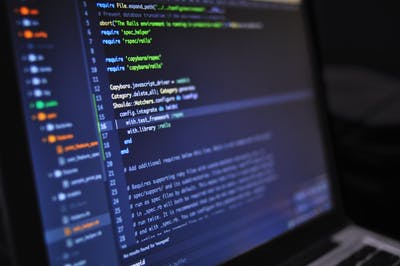You are within the right to set up any monitoring software you deem necessary, assuming the employee uses company-owned devices. With location tracking, you can always keep track of whether the field employee moves to the commercial district or keeps going to another region of the city. You don't have to sit and pay close attention to the worker's whereabouts. Many location-based programs for tracking people include the geofencing function, which means that you will get notified if the person enters an unfavorable area.
When observing external work monitoring, we must separate monitoring employees outside the workplace (such as field employees) during business hours and checking them during non-business hours. The first is entirely adequate, with a few details that we shall explain in the articles that follow this one. The company has a variety of techniques for screening field workers, including but not restricted to:
-
Tracking one's whereabouts.
-
Managing how company-owned gadgets get used
-
Tools for managing projects
-
Time-tracking applications
When an employee operates outside the office, it can be challenging to determine how much time gets spent working and how much gets spent relaxing. Time tracking and activity monitoring applications will help you determine whether the individual sticks to their schedule for completing tasks and how long they spend on each task.
Monitoring employees when they are not in the office is a different experience. In many countries, supervisors get prohibited from interfering with employees' personal lives. These restrictions apply regardless of the worker's political beliefs, religious beliefs, relationship status, or employment of two jobs. As a result, it is unlawful for the supervisor to monitor the employee's off-the-job behaviour or personal views and to take any business-related proceedings against them.
The problem is that lately, the barrier between business and private life has grown worrisomely thin and hazy. Given that many employees continue to work or discuss work-related matters with partners even after leaving the office for the day, it is simple to determine when the regular business day gets done. And keep in mind that, unless in the most extreme circumstances, nothing you may uncover about the staff's personal lives via tracking will be a justification that you should take any work-related action against them.
Employee Monitoring Positives and Negatives
Associations comment on the advantages that worker monitoring tools create in light of the widespread problem of cyberattacks and the growing demand for workplace responsibility. Here is a thorough explanation of the benefits and drawbacks of employee tracking in light of that.
The following are the main advantages of observing employee online entertainment:
BENEFITS
Increasing Productivity
Organizations can gain immediate information about the working habits of their employees by using an employee monitoring service. In reality, these insights can get utilized to quantify productivity with quantitative metrics. Employers can use this to establish specific feedback channels and evaluate employee and group performance.
Streamlined Work Process
Due to last-minute demands, many internal procedures frequently come to an end. The resources needed to finish them can occasionally get limited. The impact on employees' normal work processes is a significant factor. That could all get avoided if the involved employees were strictly supervised since they'd be able to maintain control over the tasks that needed to get done and do them on schedule.
Cost-Effectiveness
The old saying, "prevention is better than cure," consistently works out as intended. Regarding employee monitoring, the cost of losing a client to digital risk is around ten times more than the cost of avoiding one. Any troubles can get avoided by arming employees with spy software and observation equipment. These plans also keep an eye on how productive time and resources get used, saving an organization a significant sum over time.
DRAWBACKS
The Variable of Doubt
Associations occasionally lean toward harsh methods to hold employees responsible for their behaviour. However, the workforce regularly expresses distrust toward these initiatives, especially in light of security issues. The tactics and processes created can then get rejected or challenged by a few individuals. As a result, this hinders productivity, causes setbacks, and hurts the association's reputation.
The Legal Aspect
Some nations and certain jurisdictions have rigid laws and rules governing employee monitoring. In light of this, every instance of unauthorized observation may put an association in a sticky situation. This requires associations to maintain current with the laws and regulations of the country in which they operate and potentially seek out reliable counsel.







